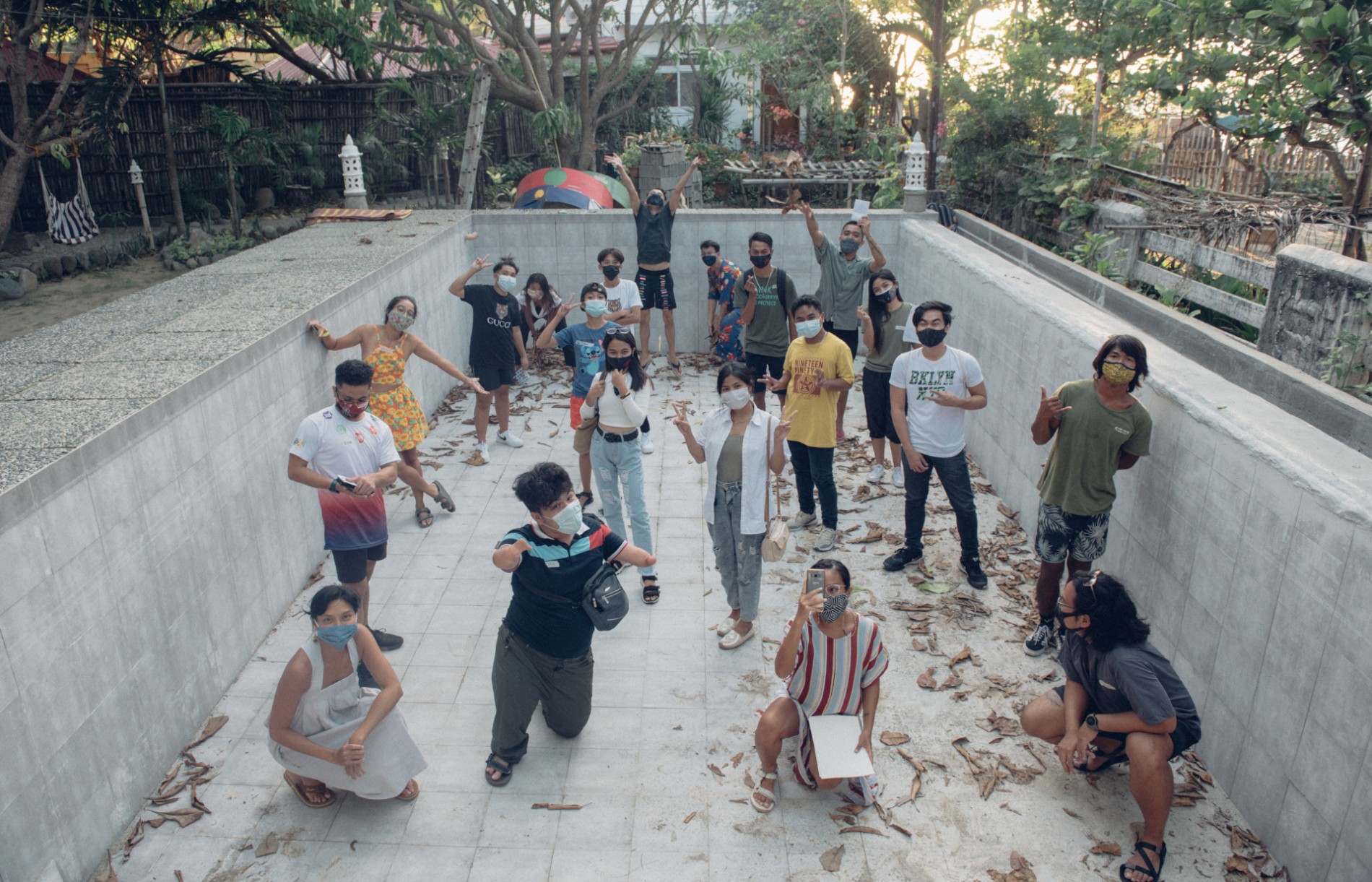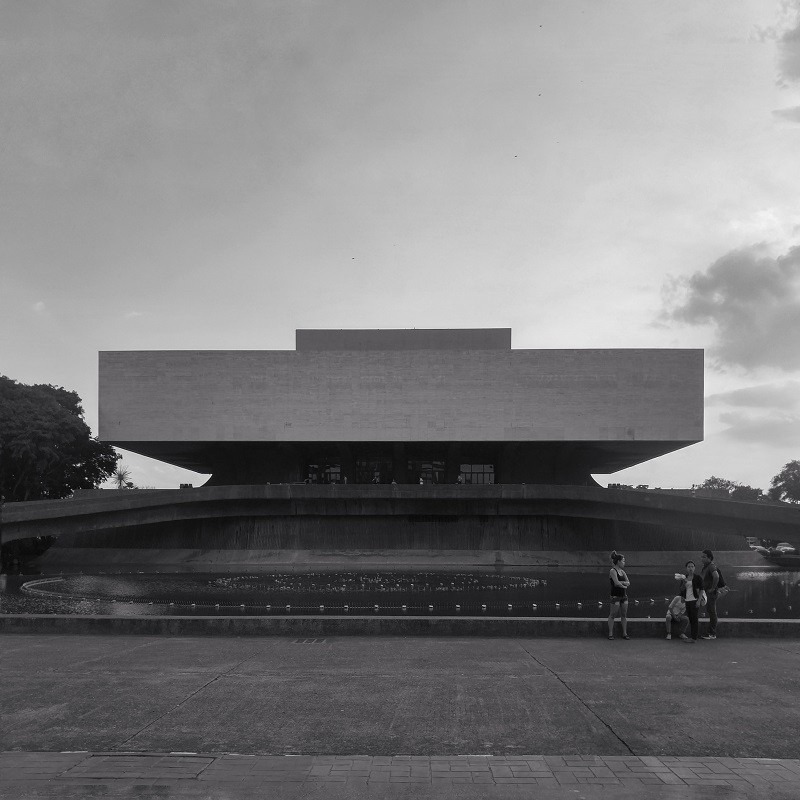
A landmark bill for the Filipino creative industries aspires to a bright future
By Sai Versailles
August 11, 2021
“I want you all to close your eyes and imagine a creative future.”
These were the opening remarks of Hon. Christopher De Venecia session at the Creative Futures virtual conference last June. The conference gathered more than 700 members and stakeholders of the Filipino creative industries from all walks of Luzon, Visayas, and Mindanao.
By the country’s standards, De Venecia is no ordinary congressman. Yes, he is Pangasinan’s Fourth District representative, but he’s also the chairman of the Special Committee of Creative Industry and Performing Arts in the House of Representatives, created as recently as October last year. As the Filipino economy adjusts into a post-pandemic world, De Venecia believes one definitive piece of legislation needs to pass: the Creative Industries Development Bill.
The Bill is the country’s latest legislative effort to centralize and address the welfare of Filipino creative economy, which contributed 7.4% of gross domestic product, or Php 661 billion, in 2014. In 2010, during the 15th Congress, a similar measure was filed by former senator Manny Villar. However, De Venecia’s attempt is the furthest the creative industries have come along the legislative mill. The Bill is the result of numerous congressional hearings and caucuses led by De Venecia’s Committee, which set out to learn everything about this “underrepresented” sector – underrepresented, at least, in the eyes of government and the public at-large.
Rallying the troops
In 2010, the copyright-based industries alone were believed to account for 14.4 percent of the Philippines’ total labor force – a frequently used statistic to argue for the Filipino creative industries’ economic viability.
The creative industries consist of any line of work involving the creation and consumption of knowledge and expertise – the combination of which is creativity. Those employed in this sector are as wide-ranging as the products and services it provides – from make-up artists to film gaffers, even ghost producers and e-sports gamers.
Many of these “niche” professions are largely omitted from the Philippines’ Standard Industry Classification (PSIC) – the country’s most detailed statistical effort to map out the Filipino economy – thus, their value and contribution remains largely invisible. If passed into law, the Bill would establish the Philippines’ Creative Industries Development Council, tasked with creating specialized codes for the creative industries in the PSIC, along with defining the industry’s key performance indicators.
In the post-pandemic world, many Filipinos will work from home as creative freelancers, blasting SB19 on repeat while binge watching Trese on Netflix. This Bill would not only account for the contribution of those creatives, but also the products and services they create to make a robust Filipino economy.
Here we go
The creation of the Council would be central to propelling the Filipino creative industries into global recognition and ubiquity.
According to data presented in the conference by Paolo Mercado, president of the Creative Economy Council of the Philippines (CECP) – a non-profit, private-sector sector organization – the Philippines generates $4.1 billion worth of creative exports, making it the fifth largest and most valuable creative economy in the ASEAN region. In fact, Mercado suggests the Filipino market for creative services is the largest in ASEAN, amounting to $3.2 billion. The CECP roadmap envisions the Philippines can be the largest creative economy in the region by 2030, and the creation of a designated, government-led development council would help organizations like the CECP, among others, to realize their economic goals.
The Council would also centralize and strategize the country’s creative investments – an effort sorely lacking in today’s Filipino creative economy. At the international level, such centralization can, for example, lead to creative-focused Special Economic Zones, attracting foreign direct investment to help synergize local business. The Bill also allocates additional resources to develop the Philippines’ Creative Cities Network, of which Baguio and Cebu are already a part of. The Creative Cities Network is an accreditation given by the United Nations Educational, Scientific and Cultural Organization (UNESCO), offering opportunities for cities to develop and capitalize their creative assets for sustainable and inclusive development.
At the domestic level, the Council would streamline the provision of aid and protection of the country’s creative workforce. This includes the enforcement of the Freelance Workers Protection Act, which was recently approved during its final hearing, targeted to reach implementation by the end of the year. The Bill would also enforce stronger intellectual property protection, while helping local creatives realize the full potential of their endeavors through soft loans and start-up funds.
“No one can deny that Filipinos are globally renowned for our talent,” De Venecia stressed. To him, passing this Bill would mean aspiring to countries like South Korea and Japan, whose creative consequences were the result of intentional policy shifts to foster its creative industries.
All together, now
These are only some of the features proposed in this ambitious bill, which includes provisions for human resource development, education, and digitization, among others.
As of time of writing, the Bill is languishing in both the Congress and Senate. Now, there is a race against time for both houses to reach their third and final readings before the Christmas recess in December, after which the national election period begins. In Congress, the Bill is pending its third and final hearing with the Committee of Appropriations, while the Senate is yet to schedule a technical working group to discuss the Bill.
During a Zoom meeting with other industry leaders after the conference’s first day, De Venecia recounts how the second hearing at the Senate took place nearly two years later, only after a strong endorsement from the Joint Foreign Chambers – a coalition of international chambers representing $30 billion worth of investment in the Philippines.
This sector, he stated, is being reaffirmed by foreigners rather than the Filipino people – a mindset that needs to change if the country is to move forward towards a sustainable and creative future.


